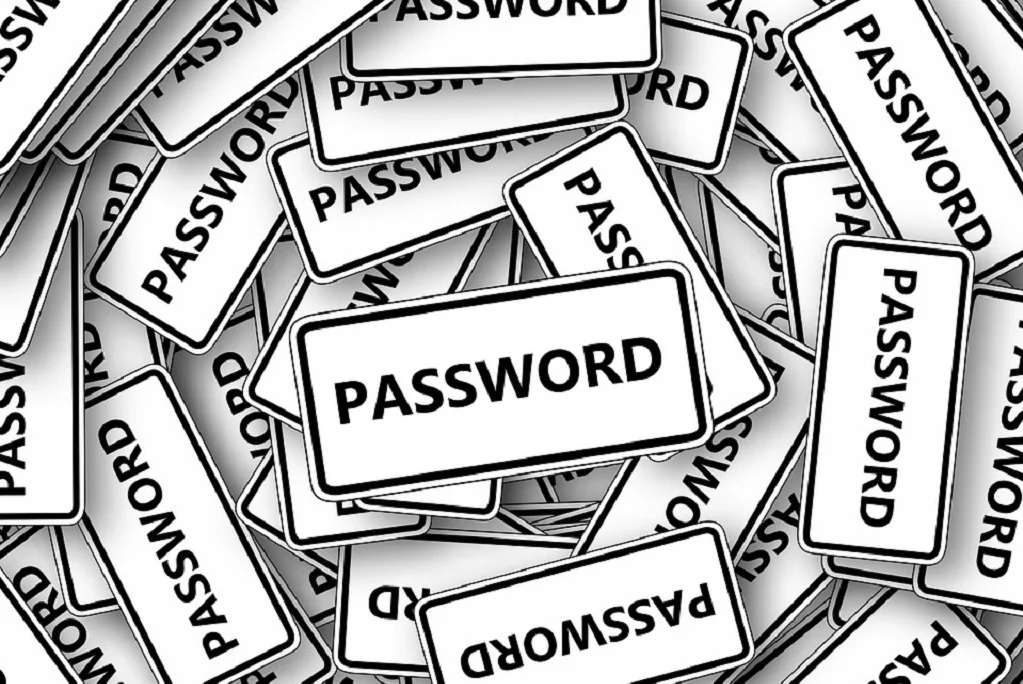Passwords are a ubiquitous part of the digital age. They are the digital keys to our networks of friends, our work colleagues, Personal Information and even our banking and payment services. While some cybercriminals may want to hack into our social networking or email accounts, most want the financial gain that hacking bank accounts can bring. One of the biggest inconveniences posed to computer users in both home use and in corporate environments is the requirement for a complex and strong password, the need to change login passwords regularly and the volume of passwords that users are required to remember. Password security is one of the critical problems in cybersecurity today and brings the biggest security risk to information systems. Many people are relaxed and would rather set an easy-to-remember password than protect their valuable information and money with a strong password. All a hacker needs are your user ID (say, e.g. [email protected]) which in a matter of minutes can be invading your bank account or employee email account.
You can go to the site https://howsecureismypassword.net to see if you have a strong password and also find out how long a hacker will take to hack your account. You will be surprised at the results. In the below example I have used a pet’s name and some numbers.
Rexy123! = 9 hours to hack

We urge you all to do the same test. If your password will take less than a year to hack, please change it immediately.
Follow the below tips to help create a secure and strong password.
Skip common password themes
Skip commonly used password themes such as birthdays, anniversaries, or the name of loved ones and pets. Do not use obvious words like your name, your town or date of birth.
Make sure it’s easy for you to remember, but make it something difficult for someone else to figure out.
Create your own Code
Replacing a few letters with numbers, purposefully misspelling words or using acronyms and abbreviations are great little ‘code’ tricks you can use to make your password more unique and harder to compromise.
Turn vowels into numbers
This is a trick that cybercriminals already know about, but it could work well as an extra to a different password method. Taking the previous example, our password “Daniel” becomes “Dan13l”. Adding a few symbols would make it perfect to use.
Try replacing the same letters with the same special characters or numbers, or just avoiding certain letters altogether. Eg. D@n!el Remember, your password is secret, so no one is going to be checking your spelling.
Create a Phrase from a Memorable Sentence
Coming up with a sentence and building an acronym is a great way to create a unique password that will stick in your head. Come up with something that means a lot to you, or an inside joke that makes you smile. For example: ‘BrisbaneLionsPremiers010203.’ This would become something like BLP010203. Notice the addition of a number, as well as capital letters. This helps strengthen your password.
Don’t share your password with others.
Don’t write it down or keep it somewhere that is easily accessible.
If you need help remembering passwords, consider a password storage program that is secure such as PasswordManager. It’s a piece of software on your computer than keeps all your passwords safely encrypted and supplies them automatically to your web browser on demand. You’ll still need to remember one password though – the password used to access the password manager.
Make passwords long.
At least eight characters is best.
Test your password out
There are online tools available to test your password strength, such as https://howsecureismypassword.net? It will tell you how soon your password could be cracked and make some suggestions to improve it.
Take advantage of 2-factor authentication
A 2-factor authentication is a good option for some websites that provide it. Essentially, it’s a second password that is texted to your phone that you have to enter each time you log in. The password is different each time and only the person with your phone will be able to use it, so it’s very secure. But not every website offers this – Facebook and Twitter are examples of websites that do offer it.
The keyboard trick
Once again, this one consists of removing something. First of all, choose a sequence of numbers that is easy to remember (a postal code, for example), so imagine that we end up with 28921. Now, look for the numbers on the keypad and instead of using numbers, use the letters just beneath them: “2wsx8ik9ol2wsx1qaz”. To make it a little more complicated, you can change one of the characters for a symbol and put some into the upper case.
Avoid using the same password on multiple sites.
Avoid using the same password everywhere. If someone gets hold of your password for one account, they can then gain access to all your accounts.

